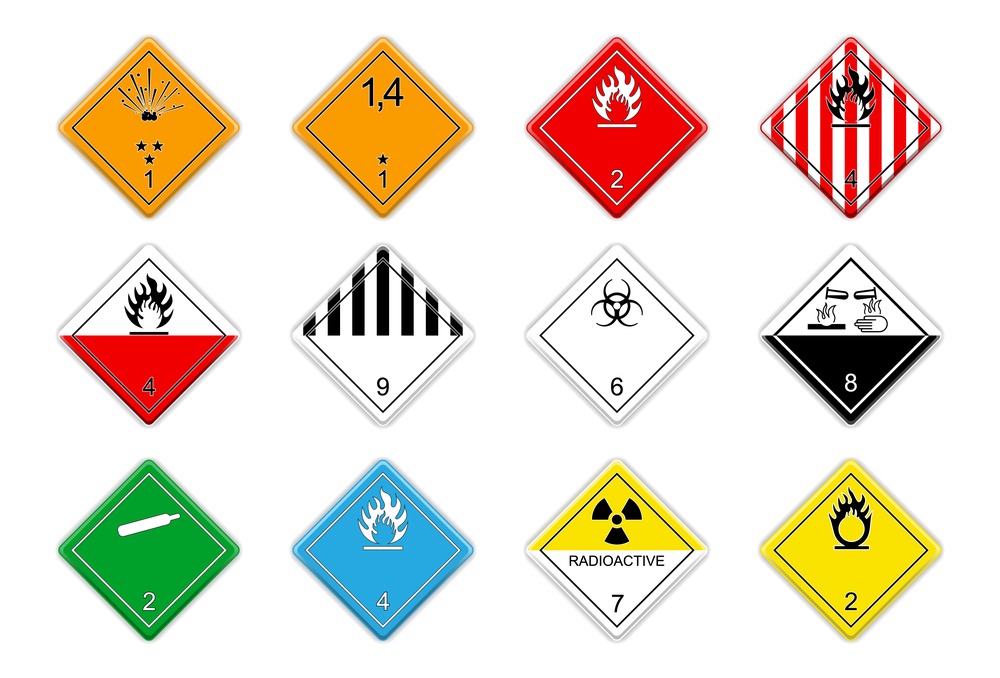Precautions To Take When Transporting Dangerous Goods
- Written by News Co

The term ‘dangerous goods’ covers a wide array of items. In effect, it is an item that poses a serious risk to health, safety, property, or the environment. These items need to be handled carefully, following strict regulations, to ensure they arrive at their destination safely.
That’s why it’s essential to take all and any precautions possible when transporting dangerous goods. It’s also necessary for all people involved, from packing staff to delivery drivers, to be aware of the goods. They should all be trained in how to handle the goods and what to do if an accident does happen.
In many cases, the speed of the response can make a huge difference to the damage caused.
Training
As mentioned, every member of staff involved in the dangerous goods needs to be trained in how to handle the items. Training should be completed before a staff member is allowed to handle goods.
It’s important that all training includes storage procedures, transportation logistics, and what to do if the dangerous goods are damaged or spilled.
You and your staff should also stay up-to-date with all the latest regulations.
Packaging
Perhaps the most important part of handling dangerous goods is to make sure the packaging is done properly. This means that the items are secured inside boxes or on pallets and are unable to move. If necessary the surrounding space should be fully packed to prevent movement and minimize the risk of the item being damaged.
It’s also essential that the outer packaging displays the to and from addresses and clearly labels the item as dangerous goods. This ensures everyone else handling the item takes the right precautions.
When shipping dangerous goods there will be specialized paperwork to accompany the item. Make sure this is completed and sent with the dangerous goods.
Electronic Aids
A great way of encouraging careful handling and identifying when an incident occurred is to use electronic gadgets, such as wireless temperature monitoring. These are patches that adhere to the package and change color if the package is exposed to temperature or shocks outside the designated tolerance range.
It won’t just identify who has handled the goods, it will also alert the receiver to ensure proper precautions are taken when handling.
Transportation
It’s important that dangerous goods are packaged by themselves, ideally, they should not be transported on the same vehicle as consumable products. If there is no other option they must be clearly segregated and identified, to reduce the risk involved.
The transportation vehicle, often lorries, will need adequate signage to ensure anyone passing the lorry is aware of what is being carried. This is particularly important if the lorry is involved in an accident and first responders need to know what it is carrying. It can seriously change the parameters and reactions of an emergency crew.
It should be noted that taking all the appropriate precautions protects the environment and your business concerns. It takes surprisingly little effort and you’ll be grateful if the worst does happen.

